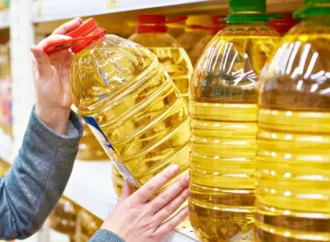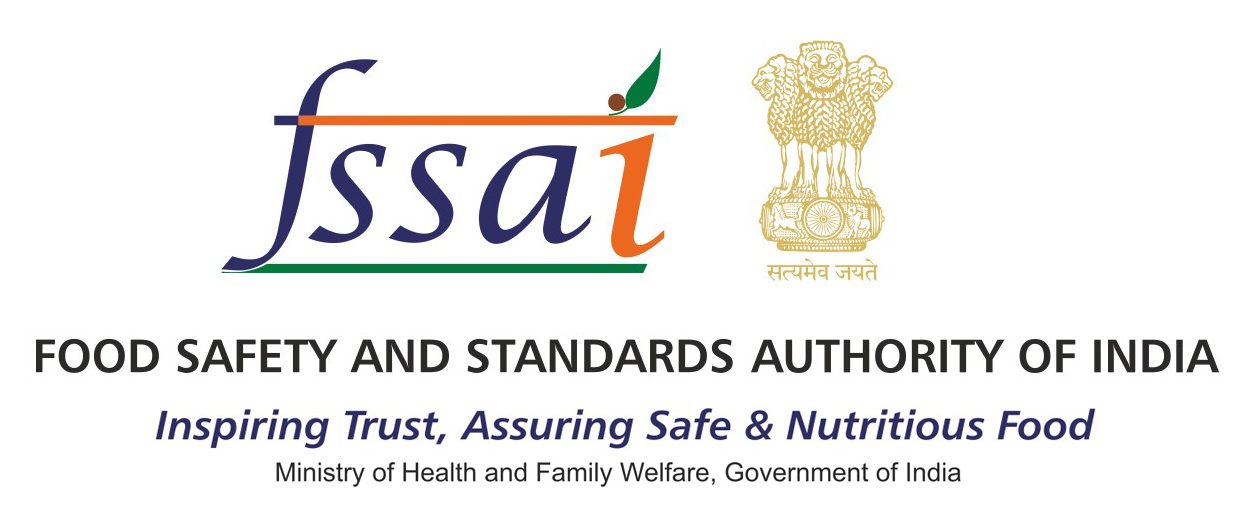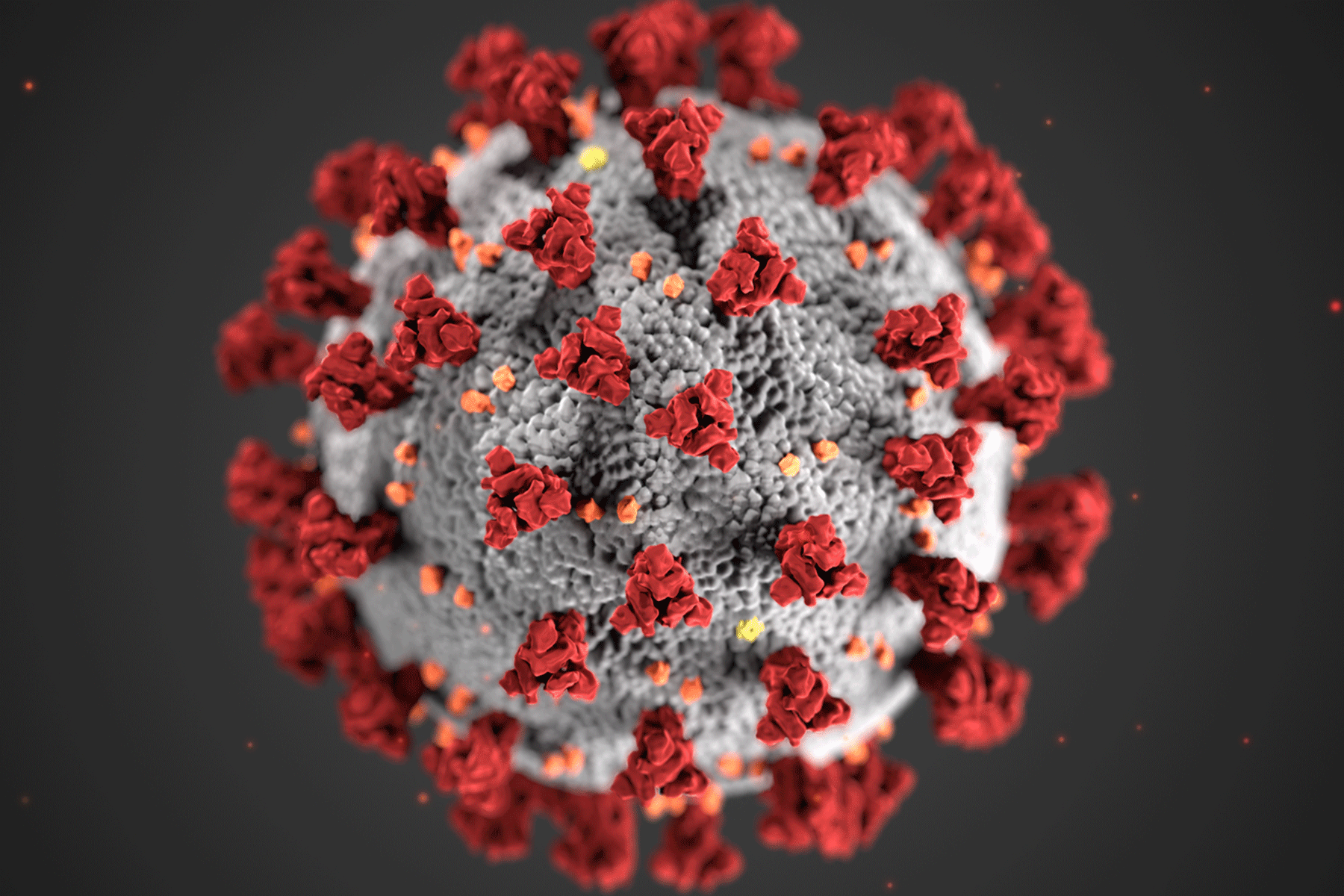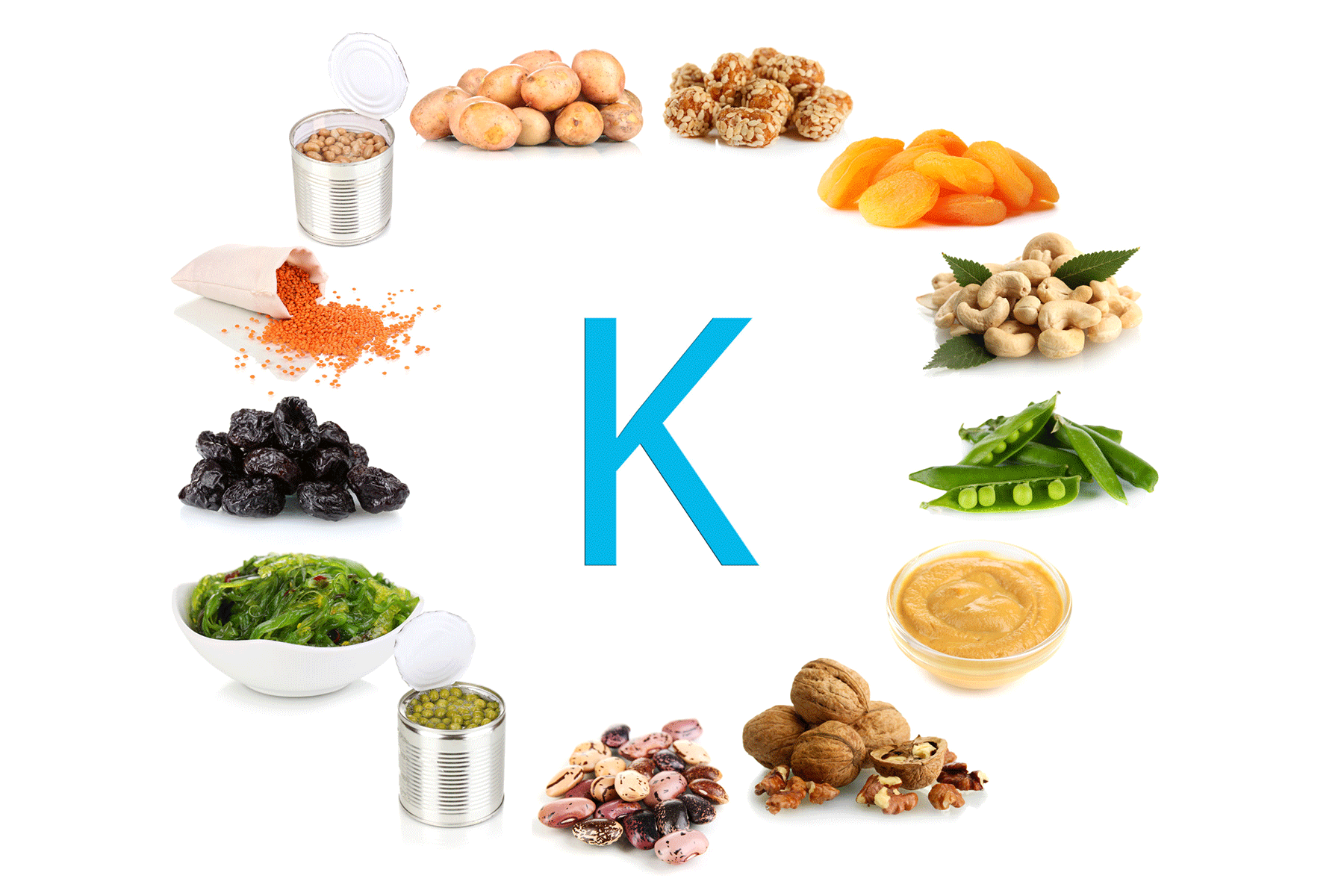Key Development
The US Food and Drug Administration (FDA) has urged pet food manufacturers to consider highly pathogenic avian influenza (H5N1) as a key hazard in their food safety plans. H5N1 infections often rise during the migratory bird season, increasing the likelihood of contamination in raw meat used for pet foods. This alert comes after several raw cat and dog food products recently tested positive for the virus, causing severe illness and even death in affected pets.
A Recent Case That Underscores the Risk
In one recent incident, a cat in San Francisco became infected after eating specific batches of RAWR Raw Cat Food Chicken Eats. The infection progressed quickly, and the cat was later euthanised. This case highlights how easily H5N1 can spread through contaminated raw meat and why manufacturers need to strengthen their safety checks.
Raw Ingredients Pose Higher Risk
Veterinary experts note that raw poultry, raw meat, and unpasteurized milk can carry the H5N1 virus. Cats are especially vulnerable, often developing severe illness that can turn fatal. Dogs can also contract the virus, but they usually experience mild symptoms and recover. The higher risk in felines makes strict safety controls essential for products made with raw ingredients.
What Pet Food Manufacturers Must Do
Under the FDA’s Preventive Controls for Animal Food rule, companies must prepare a food safety plan that identifies possible hazards and decides whether preventive measures are needed. Since recent cases show that raw and unpasteurized poultry, meat, milk, and eggs can transmit H5N1, manufacturers using these ingredients must update their plans and include the virus as a potential hazard.
Re-Evaluating Safety Plans Is Now Critical
The FDA requires food businesses to revisit their safety plans whenever a new risk emerges. By adding preventive controls for H5N1—such as proper heat treatment or stricter supplier checks—manufacturers can reduce contamination risks, protect pets, and help prevent the virus from spreading further.
Safe Sourcing and Processing Remain Key
The FDA also recommends sourcing raw materials from healthy flocks and herds and using processing steps like heat treatment, which can effectively destroy the virus. Strengthening supply-chain controls helps ensure that ingredients do not come from infected animals. These measures are essential for any company using raw, animal-based ingredients, especially poultry, in their pet food products.
Source: DVM360
 Food Manifest
Food Manifest 
















